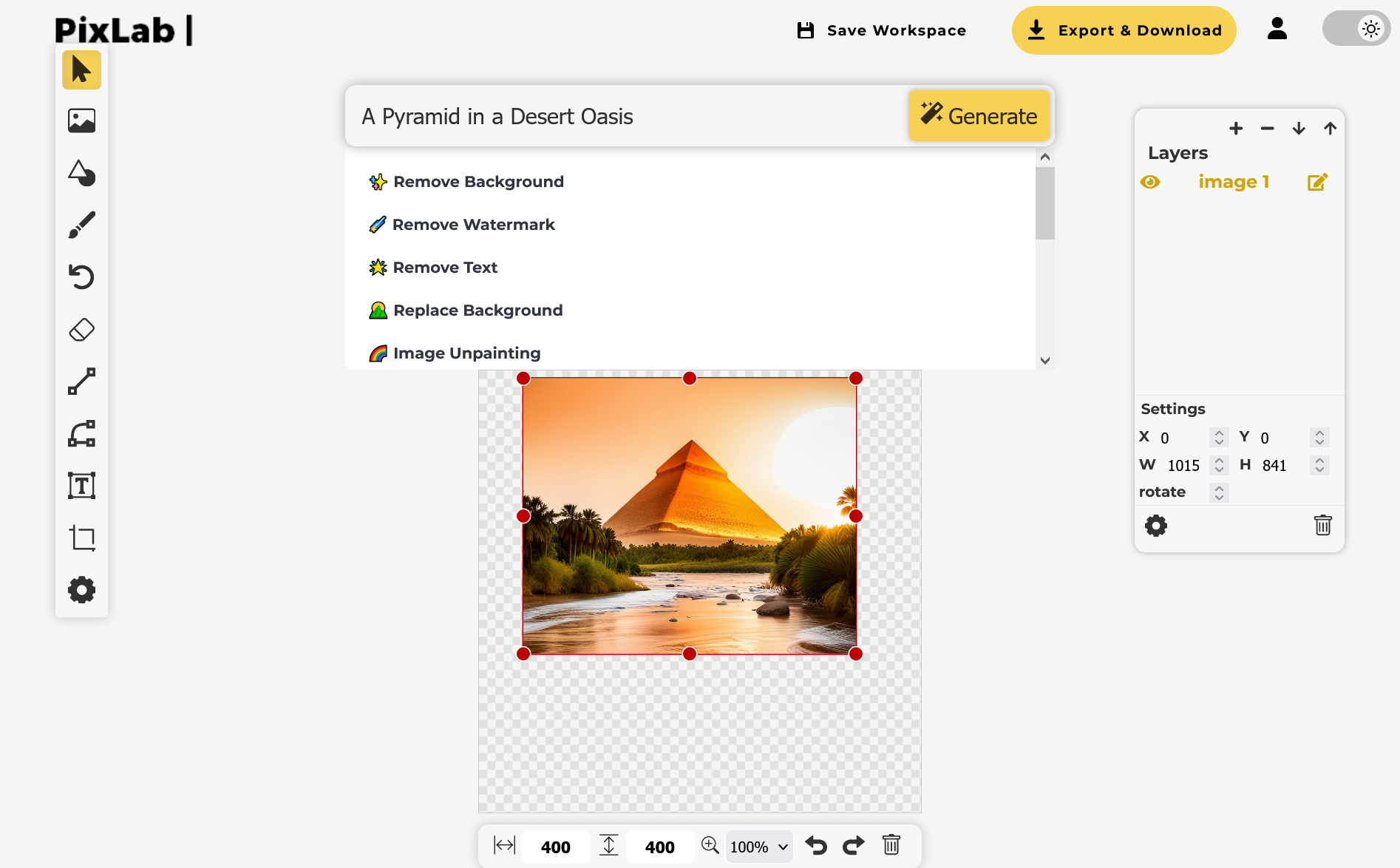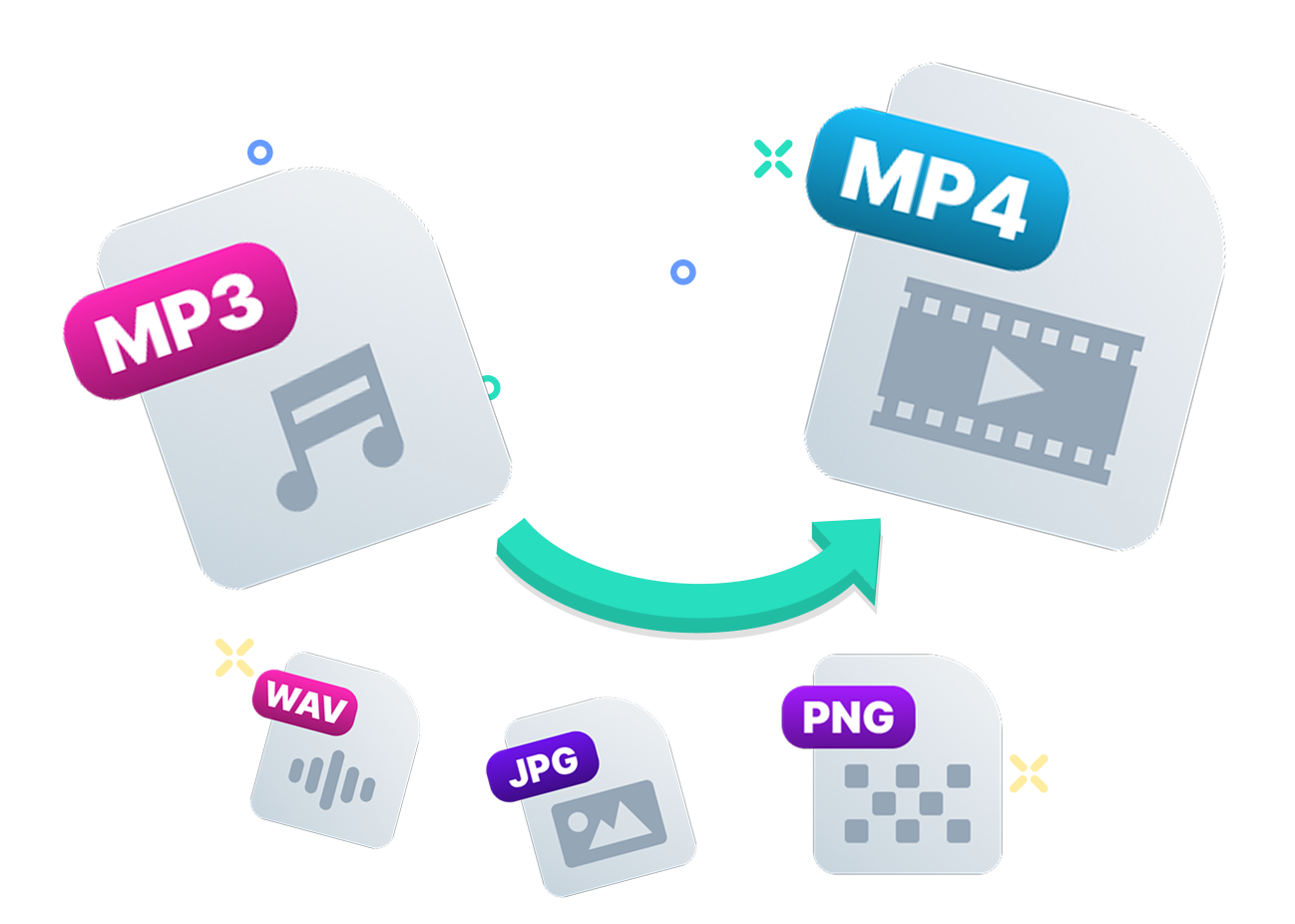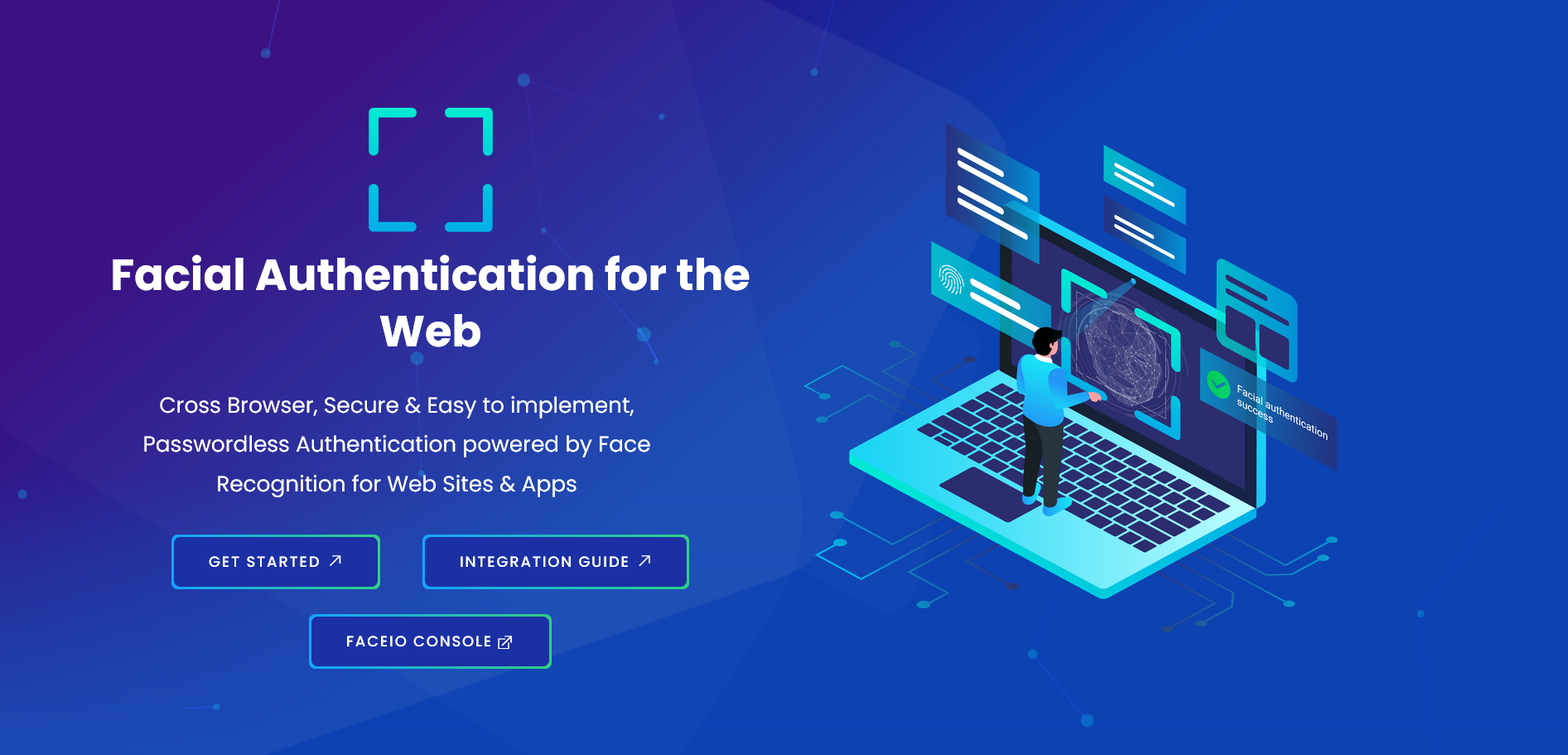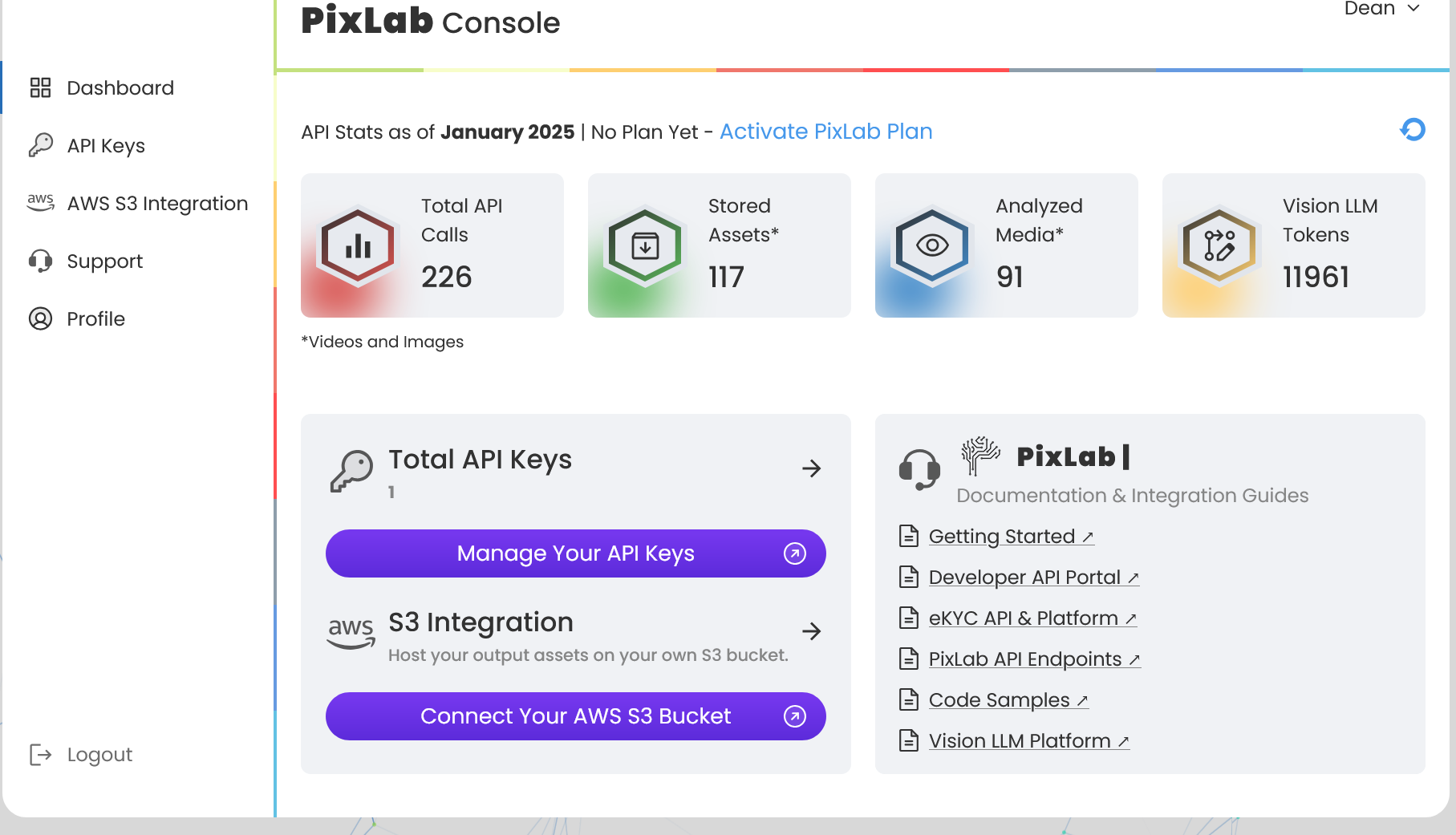
The development team is thrilled to announce the release of PixLab API 2, a massive upgrade to our machine vision and media processing platform with now featuring a brand-new API Portal and over 150 powerful endpoints designed for businesses, developers, and creators.
From document extraction APIs, background removal, and dynamic PDF creation plus a brand new Vision Platform backed by state-of-the-art vision-language models, PixLab API 2 offers unmatched capabilities to analyze, transform, and automate visual content at scale.
👉 Explore the new API Portal now: pixlab.io/api-portal
👉 Explore the comprehensive list of API endpoints and their documentation: pixlab.io/api-endpoints
What’s New in PixLab API 2?
✅ All-New Developer Portal
- Modern UI for key management, usage monitoring, and testing API calls in real time.
- Comprehensive API Reference & Endpoint List with code samples and quickstart guides for every service.
🔍 Featured API Categories & Endpoints
ID Scan & Extract API
Scan official documents effortlessly with PixLab’s ID Scan & Extract API: - Comprehensive ID Support: Quickly scan & extract data from passports, driver's licenses, and 11,000+ document types from 197+ countries. - Structured JSON Output: Get parsed ID fields (name, DOB, MRZ, face, etc.) in a clean, machine-readable format.
👉 Explore DOCSCAN Documentation
FACEIO – Face Recognition & Authentication
Secure and frictionless passwordless authentication: - Facial Login: Enable seamless access with facial authentication. - Liveness Detection: Block spoofing with advanced anti-fraud checks. - Age Verification: Instantly validate user age for compliance.
🖼️ Background Removal API
Remove image backgrounds with pixel-perfect precision: - Ultra-Fast Processing: Background-free images in seconds. - Automated & Scalable: Integrate into any web or mobile app.
👉 View Background Removal Docs
Try also the bulk version: BG Remove App ↗
NSFW & Content Moderation API
Keep your platform safe and compliant: - Blur, Pixelate, or Block harmful images or frames. - Detect adult, violent, or graphic content using advanced AI models.
👁️🗨️ Vision-Language Models (VLMs)
Check out these insights from documents using Vision + NLP via the Vision Platform: - Document understanding with layout awareness - Great for invoices, contracts, ID cards, and more. Featured new Vision API endpoints:
QUERY - Get natural language responses to image-related queries, and is documented at pixlab.io/endpoints/query
DESCRIBE - Generate a natural language description of image content, and is documented at pixlab.io/endpoints/describe
CHAT - An OpenAI compatible API (chat) interface, and powered by state-of-the-art LLM models. Documentation is available at: pixlab.io/endpoints/chat
👉 and a whole lot more Explore Vision APIs
📄 Rich PDF Generation API
Create beautiful PDFs at scale:
- PDFGEN Endpoint: Convert HTML/Markdown to professional PDFs.
- PDFTOIMG Endpoint: Preview and convert PDFs to image formats, as documented here.
👉 View Rich PDF Generation APIs
🛠️ Online Tools Backed by PixLab APIs
Explore our growing suite of web apps, each powered by PixLab’s infrastructure:
- Convert Box – Universal file format converter (HEIC, MP4, PDF…)
- Vision Workspace – AI office suite for OCR & document analysis
- AI Photo Editor – Edit photos via text prompts
- Annotate – Image annotation & segmentation
- BG-Remove – Bulk background remover
- App UI Maker – Mobile UI/UX views, interface, and code generator
- Tilemap Editor – 2D level editor for games
- Creative Toolbox – All-in-one visual creator's suite
For Developers, Creators, and Businesses
PixLab API version 2 is now production-ready, SDK-free, and tightly integrated, making it ideal for:
- Fintechs & KYC providers
- E-commerce & SaaS platforms
- AI developers & researchers
- Content creators & automation teams
🔑 Get Your API Key & Start Your Integration Phase
Head to the PixLab Console to:
- Generate your first API key
- Integrate with over 150+ endpoints
- Access complete documentation & live API testing tools
Join thousands of developers and businesses using PixLab to power the next generation of intelligent visual applications.
🧠 Build smarter, automate faster, and scale confidently with PixLab API 2.
— The PixLab Team






